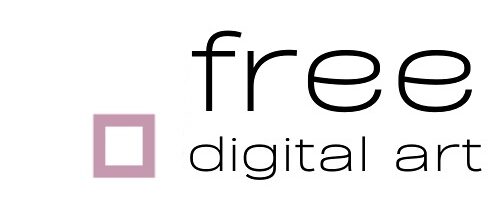Color is not just a visual element; it’s a powerful tool that can evoke emotions, influence behaviors, and shape perceptions. In the realm of design, understanding the psychology behind color is paramount. From the hues of a website to the tones of a logo, every color choice sends a message to the audience. Let’s delve into the fascinating world of color psychology and explore how it impacts our emotions and behaviors.
Introduction to Color Psychology
Color psychology is the study of how different colors affect human emotions and behaviors. It explores the psychological effects of color on individuals’ perceptions and interactions with their environment. Colors have the ability to communicate messages and evoke specific responses, making them a crucial component of design in various fields, including marketing, branding, and art therapy.

The Influence of Colors on Emotions
Colors have the power to evoke a wide range of emotions, from tranquility to excitement, and everything in between. For example:
- Red: This vibrant hue is often associated with passion, energy, and urgency. It can stimulate appetite and create a sense of excitement, making it a popular choice for food brands and clearance sales.
- Blue: Blue is known for its calming and soothing effects. It conveys feelings of trust, stability, and professionalism, making it a common choice for corporate logos and healthcare institutions.
- Yellow: Bright and cheerful, yellow is often linked to happiness, optimism, and warmth. It grabs attention and can evoke feelings of joy, making it suitable for brands aiming to convey a friendly and approachable image.
- Green: As the color of nature, green symbolizes growth, harmony, and renewal. It has a calming effect on the mind and is often associated with sustainability, health, and eco-friendly products.
- Purple: Associated with royalty and luxury, purple exudes sophistication, creativity, and spirituality. It can spark imagination and evoke a sense of mystery, making it a popular choice for beauty and wellness brands.
- Black: Black is often associated with power, elegance, and authority. It can convey a sense of sophistication and exclusivity, making it a staple in luxury branding and fashion.
- White: Symbolizing purity, simplicity, and cleanliness, white is often used to create a sense of space and clarity. It can evoke a feeling of serenity and is commonly seen in minimalist designs and healthcare settings.

The Impact of Color in Design
In design, color choices play a crucial role in shaping perceptions and influencing user behavior. Here are some examples of how colors are used strategically in various design contexts:
- Branding: Companies leverage color psychology to create brand identities that resonate with their target audience. For instance, fast-food chains often use red and yellow to stimulate appetite and create a sense of urgency, while tech companies opt for blue to convey trust and reliability.
- Web Design: Websites use color to guide user experience and convey information effectively. Call-to-action buttons are often in contrasting colors to stand out and encourage clicks, while muted tones are used for background elements to create a visually pleasing experience.
- Advertising: Advertisers harness the emotional power of color to capture attention and influence purchasing decisions. For example, a travel agency might use images with vibrant blues and greens to evoke a sense of adventure and relaxation.
- Interior Design: The colors used in interior spaces can impact mood and behavior. Warm tones like orange and red create a cozy atmosphere, while cool tones like blue and green promote relaxation and focus.
Examples from the World of Design and Art
The influence of color psychology can be seen across various design disciplines and artistic expressions:
- The Golden Arches: McDonald’s iconic logo features bold red and yellow hues, designed to stimulate appetite and create a sense of urgency.
- The Blue of Facebook: Facebook’s signature blue color scheme conveys trust and reliability, reinforcing its position as a leading social media platform.
- The Serenity of Monet’s Water Lilies: Claude Monet’s use of soft blues and greens in his famous Water Lilies series creates a tranquil and serene atmosphere, inviting viewers to immerse themselves in the beauty of nature.
- The Boldness of Warhol’s Pop Art: Andy Warhol’s vibrant use of color in his pop art masterpieces evokes a sense of energy and excitement, challenging traditional notions of art and culture.
Conclusion
Color is a powerful tool in the hands of designers and artists, capable of eliciting a wide range of emotions and influencing behaviors. By understanding the psychology behind color, designers can create impactful experiences that resonate with their audience on a deeper level. Whether it’s the vibrant red of a logo or the calming blue of a website, every color choice tells a story and shapes the way we perceive the world around us. Personally I love the color purple and its shades. If you also like this color, I invite you to check out my free iPad purple wallpapers and free phone wallpapers.
